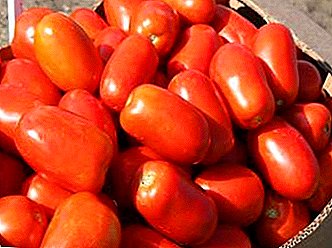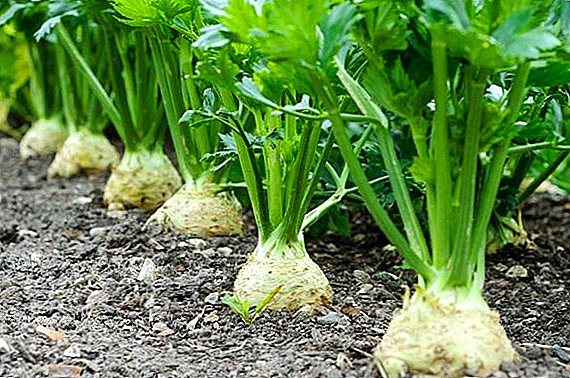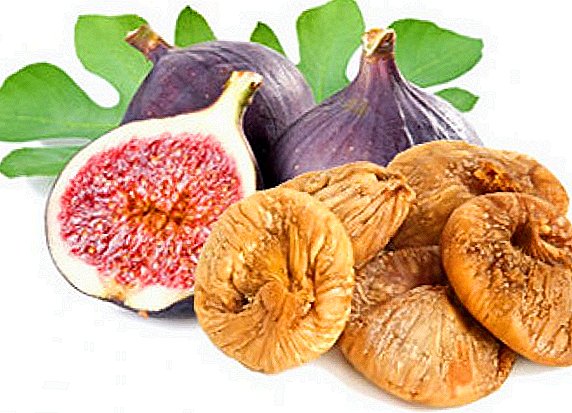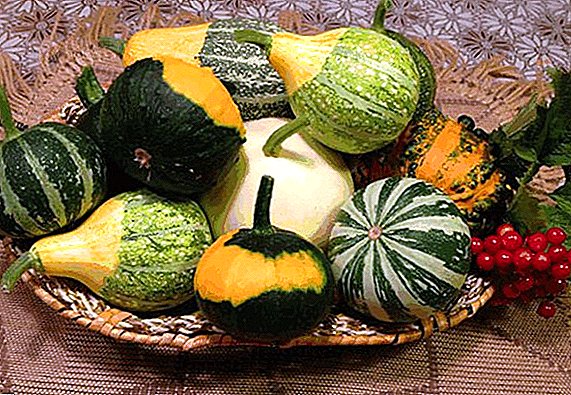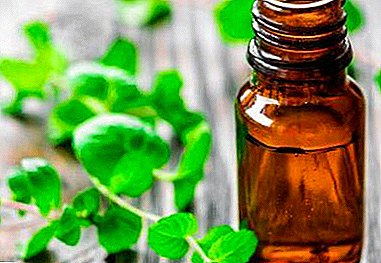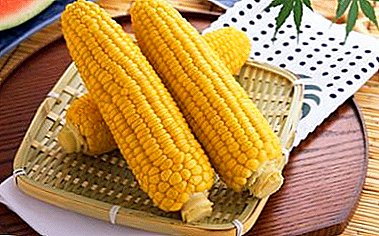
Apple tree with a gentle name Nastya while undergoing State and production tests, not included in the registry.
This is a relatively new variety, referring to the Sverdlovsk or Ural.
It is developed for regions with a difficult climate, requires less heat, while in size of the fruit, the duration of storage competes with the high-grade fruit trees of the middle belt, the southern zones.
Apple Nastya: description of the variety
The apple variety Nastya is considered winter, at the root it reaches only technical ripeness. Ripening in mid-September, the fruits remain hard, sour.
Important! Untimely harvested crops are stored worse, later collection periods worsen the lightness of fruits.
Kandil Orlovsky, Orlovskoye Polesye, Aport, Orlik and Bolotovsky also belong to winter apple varieties.
It takes several months to ripen apples. Fully tastes are revealed by December, persist until March. Long shelf life allows you to compensate for the lack of vitamins in the winter, when the diet of fresh fruits and vegetables is much lower than in summer. A good harvest is worth taking care in the spring during the flowering of apple trees.
A photo
More clearly see the variety of apples Nastya can be in the photo below:


Pollination
 The expression apple orchard is not accidental. Apple trees - singles are almost unable to bear fruit, despite the fact that their flowers have pistils and stamens, male and female components, that is, by nature, dioecious.
The expression apple orchard is not accidental. Apple trees - singles are almost unable to bear fruit, despite the fact that their flowers have pistils and stamens, male and female components, that is, by nature, dioecious.
There are not so many self-pollinating varieties, Nastya is not one of them. The plant will not bear fruit without a pollinator.
For the formation of fruit requires that the pistils of apple Nastenka pollinated with pollen of another variety. A certain pollinator has not been identified, gardeners are advised to choose autumn and winter varieties, for example, Isetskoe later, because summer ones are not suitable for winter pollination.
note: the period of flowering, fruiting pollinator and pollinated should be about the same. The optimal distance between trees for successful cross-pollination ideally does not exceed 50 meters, which ensures high yields.
Bryansk Golden, Oryol Striped and Pear.
Appearance
Apple Nastya is considered a vigorous plant. The powerful trunk is covered with bark of brown color with a peeling effect. The tree grows tall.
Branches with large, dark green leaves are at a great distance from each other at an angle of up to 60 degrees. The crown has a back - pyramidal shape. Fruits on kolchatka.
Fruits appear on short stalks. Rounded apples, sometimes somewhat conical, reach a maximum mass of 180 g, mostly weighing 100 g. The appearance of the fruit is attractive, of a rich red color. Color cover.
Apples Nastya juicy, the pulp is moderately dense, after removal greenish, in the process of maturation becomes more white.
To taste the fruit is sweet and sour. This characteristic still causes controversy among gardeners. Some consider it insufficiently saturated, unexpressed, rustic, evaluating on a five-point scale not higher than 3.5 points. This variety is based on the somewhat tart, well known to Ural gardeners Anis Purple.
The following varieties can boast of a special taste: Orlovsky Pioneer, Ekranny, Big Narodnoe, Orlinka and Aromatny.
Breeding history
Authorship recognized for the famous breeder L. Kotov  The variety was bred on the northernmost in the country Sverdlovsk Horticultural Station.
The variety was bred on the northernmost in the country Sverdlovsk Horticultural Station.
The Nastenka variety obtained by pollination of Anis Purple Pollen is based on a mixture of two varieties: Rainbows, Gems, such important indicators as winter hardiness, high productivity, as intended for growth in the Urals.
With prolonged rains, the apple tree becomes infected with scab, so the dry climate of some Ural regions (south, center) is ideal for this variety. Basically Nastya is grown in the Sverdlovsk region.
Acceptable conditions for growth in the Perm, Omsk, Chelyabinsk, Udmurt regions, in Bashkiria and the Republic of Mari El. Gradually, the variety spreads in the Volga-Vyatka region: Nizhny Novgorod and Kirov regions, in Tatarstan, adapting to the middle zone with its temperate climate.
Important! For the Nastenka variety, not low temperatures, but high humidity are dangerous. For good fruiting is important to choose the right place.
Planting and Care Rules
Keep in mind that growing conditions affect the taste of the fruit. Trees in the lowlands, where water stagnates hard to settle down. Shady places do not fit either.
Hills should be chosen from the east, so that the trees are protected from frequent westerly winds in the Urals. Acid soils are also unsuitable for growing apple trees.
So, the place is chosen, for planting a seedling a rather deep pit is required (not less than half a meter), put the mixture of the removed soil with organic fertilizers in the middle. If there is a lot of sand in the soil, add a small clay layer, putting plant residues on it.
Remember! the root neck after the instillation of the seedling should remain on the ground from the ground for 3 cm. Abundant watering after planting is required (at least three buckets).
Nastya usually begins to bear fruit 5-6 years after planting. Young trees for successful wintering cover with spruce branches, preferably pine branches.
Nastya is considered a winter-hardy variety, she is not afraid of frosts, if the thermometer falls not lower than -45 degrees.
The golden rule of good harvest, however, is applicable to any variety: how much you give, you will collect so much.
Apple trees love natural fertilizers: humus or manure, feeding spend at least two a year: autumn, spring. When the first sun rays are being heated, the snow whitens the tree whitening, cleaning it from insects.
During the growth of the fruit is watered.
Experienced gardeners are advised to form a crown, in a timely manner removing excess branches, lateral growth. Apples are harvested in mid-September.
Yield
Variety Nastya always gives a high yield. But it is not annual. The periodicity of fruiting is considered the main disadvantage of a varietal culture. Tree care requires constant, the main enemies of yield - poor growing conditions and disease.
The high-yielding also includes the following varieties: Bolotovsky, Bryansky, Aloe Early, Shtriel and Antonovka ordinary.
Diseases and pests
Resistance to scab for breeders is an important indicator of the viability of the tree. In the Nastenka variety, it is low, especially if the level of humidity is high. Black spots of fungal origin appear on the leaves, fruits, spoil the appearance and taste.
A strong defeat causes rotting apples.
The treatment is carried out during the summer, it is recommended to spray 7 percent solution of urea on the leaves fallen under the tree.
Of the pests of the thunderstorm of apple trees remains aphid, apple moth, moth. A decoction of celandine, garlic, and conifers is used against them.
- Aphids manifest themselves twisted leaves of reddish hue
- Apple moth penetrates in the form of caterpillars, leaves turn brown, curl, spider nests are harvested by hand, treated with insecticides
- Moth loves arid, hot summer, eating most of the harvest. She is afraid of wormwood.
Often in the garden you can observe such pests as the hawthorn and all sorts of silkworms, as well as fruit sapwood. Do not neglect preventive measures and against them.
 In the fight against the pest help spraying wormwood decoction, apply a decoction of tomato tops.
In the fight against the pest help spraying wormwood decoction, apply a decoction of tomato tops.
Nastya as a whole is unpretentious, well endured a frost down to minus 45 degrees, likes places well-ventilated, saturated with the sun.
With proper care, it begins to bear fruit for 5-6 years, but the harvest does not always give: one year bears fruit, one year rests. Red apples ripen during storage, delight their sweet-sour taste until March. But the taste of an amateur.


